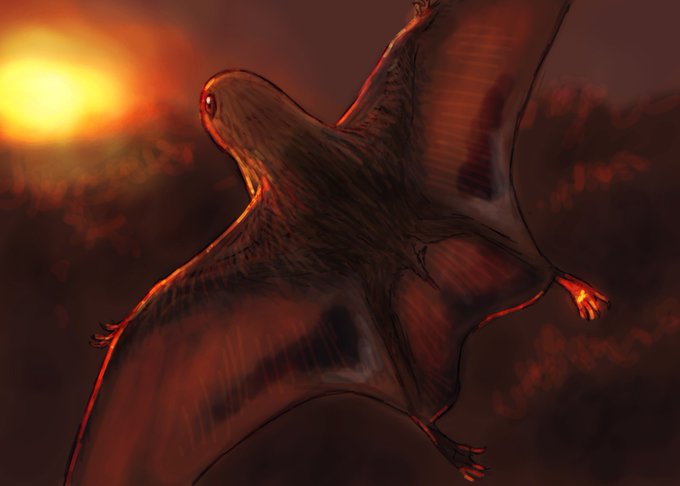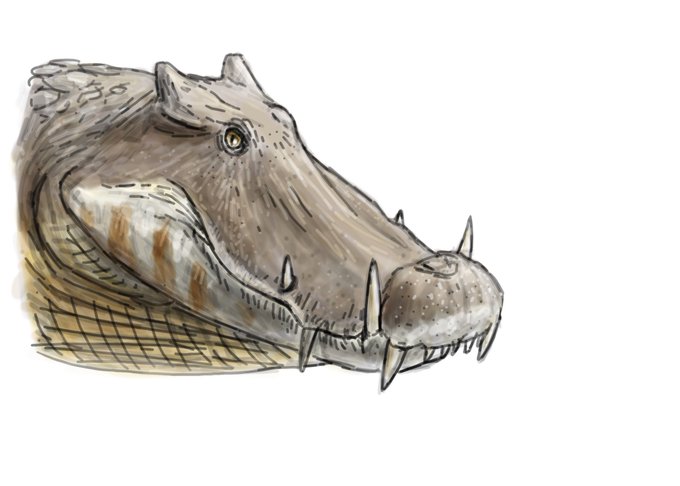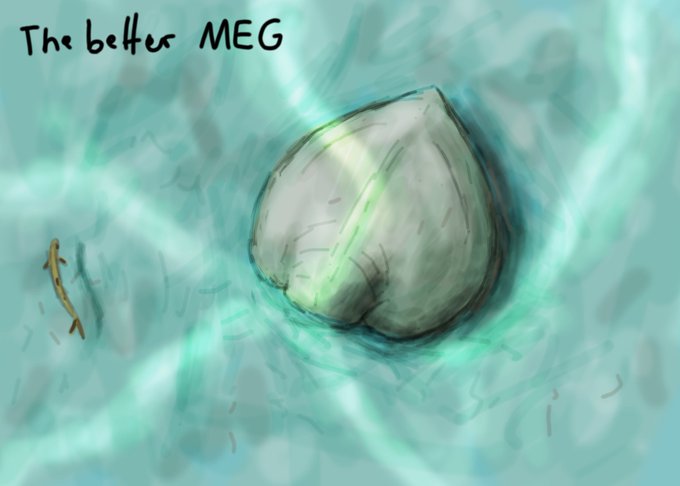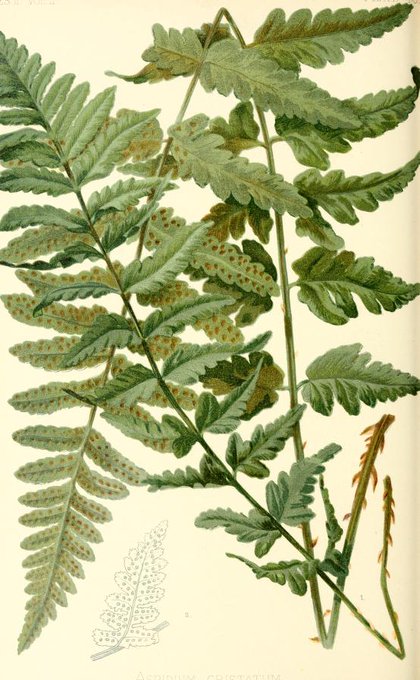SCIARTのTwitterイラスト検索結果。 6,574 件中 264ページ目
Happy #Feathursday! Abdim's Storks (Ciconia abdimii) are natives of Africa. #SciArt by Müller for Christian Gottfried Ehrenberg, Symbolae Physicae, Zoologica I, Avium, Part 1 (1828). Contributed by @SILibraries: https://t.co/7usbm1jimr #birds
There is nothing better than to peruse through old #literature. Drury's description of his illustrations is just as amazing as the drawings itself. Thank you @BioDivLibrary for making gems like this available #sciart #Coleoptera
Another @anatomy image I created for a patron. I love creating these in series - surface, muscles, and skeleton. Then I send one to the patron each month.
If you'd like some anatomy art, check out the 10 pledge options here – https://t.co/RGxGc85t3m
#lynx #sciart #scicomm
Happy #BatAppreciationDay! Whiskered Bats (Myotis mystacinus subsp. mystacinus). #SciArt by A. Beaumont for Faune des vertébrés de la Suisse, Vol. 1 (1869) by Victor Fatio. Contributed to #BHLib by @SILibraries: https://t.co/i4fpboc9Dn -- #whiskeredbats #bats #nationalbatday
Tamandua is a genus of anteaters. #SciArt of the northern tamandua (Tamandua mexicana) for #MammalMonday from "Manual para el rastreo de mamíferos silvestres de México" (2012) by J.M.A. Sánchez, in #BHLib via #BHLMexico & @Conabio: https://t.co/91Rl6ZXCuE #OpenAccess
For this #JellyfishMonday I'm wanting to show what some of the initial designs for this personal project I've been working on for the past couple of months to maybe help with identifying hydromedusae from around the world...cause who doesn't love jellies. #sciart #jellyfish
The #octopus Muusoctopus levis is found in subantarctic waters in the Southern Ocean. #SciArt by Rübsaamen from "The Cephalopoda" (1975), an English translation of Carl Chun's "Die Cephalopoden" (1910-15). In #BHLib via @SILibraries: https://t.co/dJgZlDAi0T #MolluskMonday
"The Colours Fade" interpretation of the superb #starling
Breaking up the #sciart with my more "illustrative style." This one has been my cover image for years. Hope to do another piece like it soon!
#Photoshop + #Wacom Cintiq | 2013
#art #illustration #nature #digitalart
As a librarian, I'm interested in rare books, particularly those with botanical illustrations! While I don't currently work with special collections items, I use @internetarchive to locate pretty things like this: https://t.co/VR2Jc3wd5S #SciArtSunday #HistSciArt #SciArt
Did you see this beautiful #sciart of the 3 #frog species we're working to protect? This was done by @fiorella_ikeue. If you also enjoy making #art we'd love to see your rendition of these frogs too! See them at https://t.co/ApqUBewgoB and send submissions to info@FrogRescue.com
Thomas Horsfield's 1828-29 "Descriptive Catalogue" describes & illustrates Lepidoptera collected in Java. The copy in #BHLib, contributed by @FieldMuseum, includes colored & uncolored versions of #SciArt by C.M. Curtis, J.H. Newton, and J.G. Dopert: https://t.co/uKR8ux6bSE
Highlights from the #paleostream. Anurognathus, Arctops, Kaprosuchus and the real Megalodon. #paleoart #sciart
Osteotomy avoiding tooth follicles. All images © Body Scientific International. All rights reserved. Images protected by Digimarc
*
*
*#medicalillustrationstudio #bodyscientific #bodyscientificinternational #medicalillustration #sciart #anatomyart #surgicalillustration
#FloraFriday and #FernFriday unite with "The Native Flowers and Ferns of the United States" (1879-80) by Thomas Meehan. This 4-volume work describes and illustrates over 300 species. View it in #BHLib via @ncsulibraries: https://t.co/c36C65NPXr #sciart #plantsci
Lacaze-Duthiers' "Histoire naturelle du corail" (1864) provides a scholarly history of the study of corals along with details on #coral physiology, reproduction & larval metamorphosis. Explore it in #BHLib via @mayrlibrary https://t.co/8DLRKKwcZI #scicomm #sciart #nathist
Anatomy of the Easter bunny. Super late, but I’ve been having fun picking away at it between other work. #sciart #anatomy #EasterBunny #scicomm














































